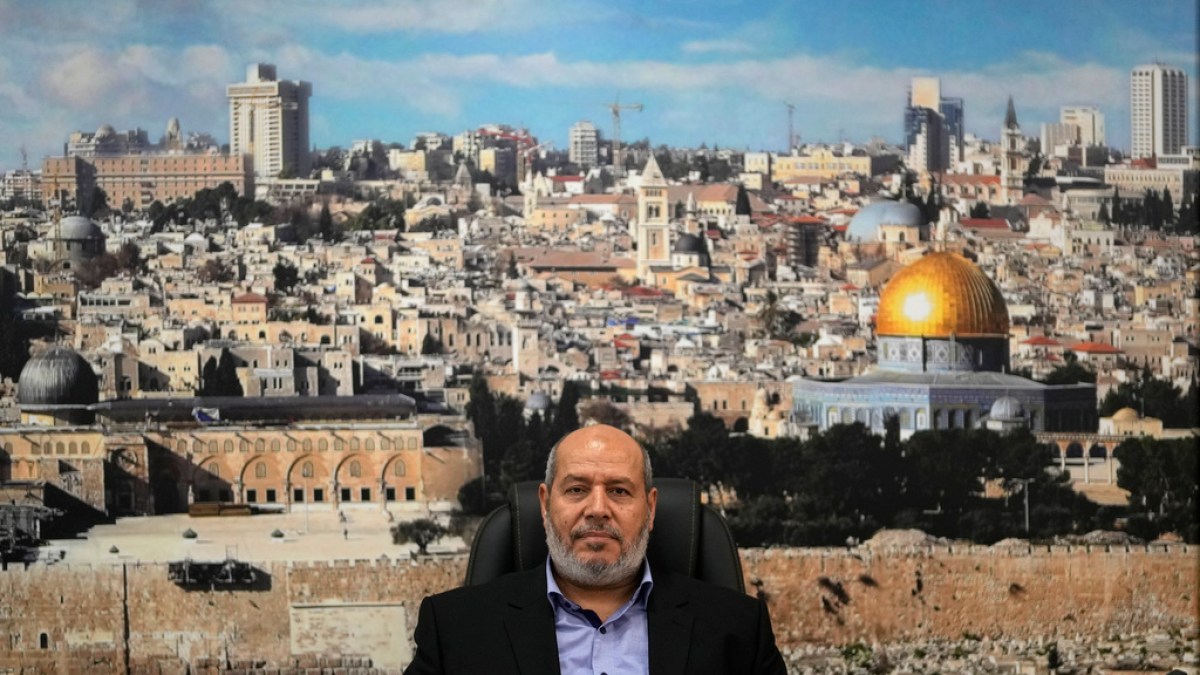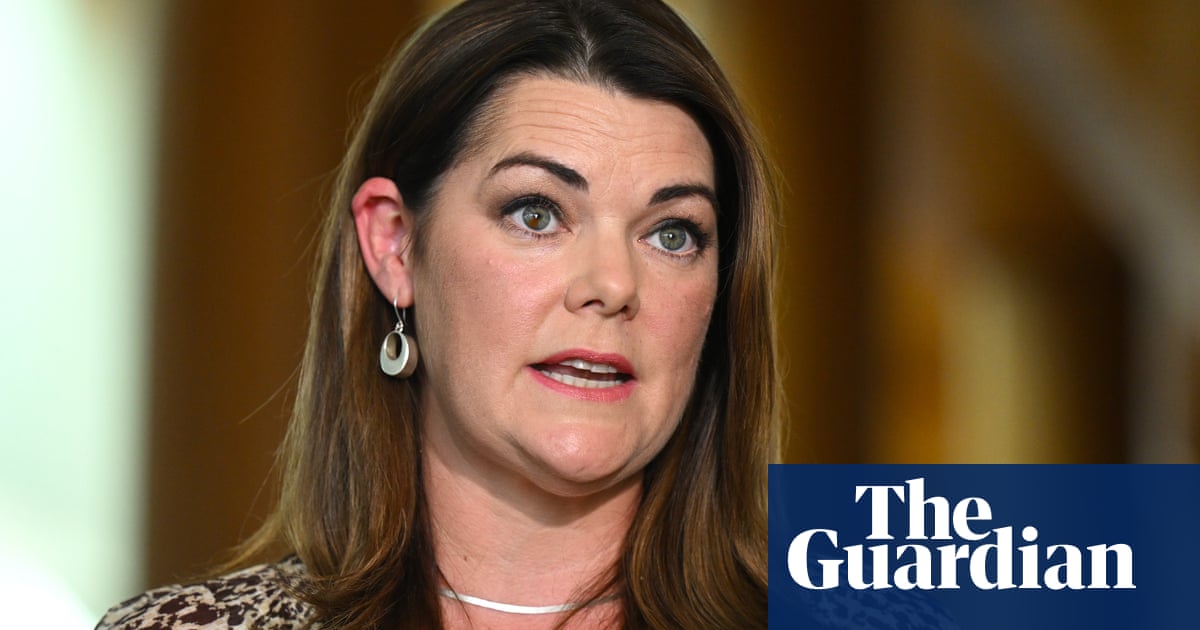South Africa is deploying thousands of troops to the Democratic Republic of Congo (DRC) to help the country resist rebel attacks which are driving one of Africa’s most serious humanitarian crises. On Thursday, the South African military said two of its soldiers had been killed and three wounded by a mortar bomb that landed inside a military base.
“As a result of this indirect fire, the SANDF [South African National Defence Force] suffered two fatalities and three members sustained injuries. The injured were taken to the nearest hospital in Goma for medical attention,” it said in a statement.
In the past week, fighting between DRC armed forces and the M23 rebel group has forced thousands of people to pack up what belongings they can carry and flee – often on foot – to safer areas such as the regional capital, Goma, even though the rebels are closing in on the city.
On Wednesday, the South African government said that 2,900 SANDF soldiers were being mobilised for its part in a regional push by the South African Development Community (SADC) to support DRC’s forces against the armed group.
The new effort comes after a separate regional military mission to combat the M23 by East African countries, which the DRC government perceived as a failure and which ended last year. However, speculation remains as to whether the South African soldiers will be able to make any more progress than their East African counterparts did.
Here’s a breakdown of what’s happening in DRC and how SADC might perform.
What is the conflict in the DRC over?
The DRC has been fighting a host of rebel groups in its resource-rich eastern region – around 100 of them in all – for decades, following regional wars in the 1990s that erupted as Rwanda pursued genocidaires responsible for the 1994 mass killings of Tutsis into Congolese territory. Most of the groups are seeking control over natural resources like cobalt and copper, both of which are materials crucial for manufacturing electronics.
Among them is the fearsome M23 group – or the March 23 Movement, named after a March 23, 2009 peace treaty that integrated a precursor armed group (the National Congress for the Defense of the People, or CNDP) into the Congolese army. M23 rebels broke away from the army in 2012. It operates in the hills close to the Rwandan border and says it is fighting in defence of ethnic Congolese Tutsis who, it claims, face tribal discrimination in the DRC. The United Nations and the DRC, however, say the group is being funded by Rwanda to control Kinshasa’s minerals, causing a serious diplomatic rift in the region. The armed group went quiet after it was pushed out of DRC in 2013, but resurfaced again in 2021, possibly because of renewed Rwandan support.
In March 2022, M23 launched a major bombing and heavy artillery offensive against army forces and any civilians caught in their way. Since then, the violence in the volatile eastern DRC has only worsened, with fighting continuing through general elections in December which saw President Felix Tshisekedi sworn in for a second term. M23 fighters have also seized at least four towns in the eastern North Kivu province, and are advancing towards Goma, the provincial capital which is home to two million people.
Last week, M23 fighters attempted to take Sake, a strategic town 25km (16 miles) from Goma. On Tuesday, a local official told AFP that the rebels are now occupying a part of Sake, while government forces remain in the other areas of the town.
The humanitarian toll of the fighting has been severe: Dozens have died and thousands have been displaced by the violence this year alone, adding to a previously displaced population of 2.4 million in North Kivu, and a combined seven million uprooted during various conflicts across the DRC. Many of the displaced are living in informal, makeshift camps where there is little food or protection. Many say they suffer from hunger and aid organisations are struggling to reach those in need. “Just getting sufficient food to eat is a major challenge for people with all roads to Goma having been cut off by the fighting,” Eric Batonon of the Norwegian Refugee Council told reporters on Thursday.
Why have military interventions failed to reign in the rebels?
Two separate military missions have attempted to support the Congolese forces, but have now pulled out of the country or are in the process of doing so, seen as failures by the government and the Congolese people.
Troops from the regional economic bloc, the East African Community (EAC) which the DRC is part of, were deployed in July 2022. The aim of the 12,000-strong force, led by Kenya, was to see a 2022 ceasefire arrangement through and ensure the withdrawal of multiple rebel groups from eastern DRC, including M23.
However, the mandate was interpreted differently by both sides. While the Congolese government pressed for more offensive action from the troops, and demanded that EAC troops attack and push back M23 rebels, the soldiers mostly operated defensively.
In the early days of their deployment, the troops did force some militia groups out of the area, but new offensives since then by M23 fighters have seen those gains reversed. When the EAC forces mandate expired in December 2023, Kinshasa refused to renew it.
Separately, a UN peacekeeping force, MONUSCO (the United Nations Organization Stabilization Mission in the Democratic Republic of the Congo), has been present in the DRC for more than 25 years. Its 13,500-strong force was supposed to help quell insecurity in the region but has become deeply unpopular in recent years due to its inability to hold back rebel groups.
Congolese have questioned why the force has not protected them from the M23 and other violent rebel groups, and those frustrations have spurred violent protests and riots in the past year. The Congolese government itself has also called for UN forces to leave the country. In December, a UN Security Council vote dissolved MONUSCO. Those troops have now started to withdraw in phases, and would completely exit the DRC by April.
Could the SADC intervention go differently?
On December 15, the SADC Mission in the Democratic Republic of Congo (SAMIDRC) was officially deployed to take over from the EAC’s mission in eastern DRC. It includes troops from Malawi, Tanzania and South Africa. Although geographically in Central Africa, the DRC is also a member of SADC.
Experts say the force has been frugal with information, but reports confirm that SAMIDRC troops are already present in areas around Sake – the last major town on M23’s push for Goma, fighting alongside Congolese forces.
There are concerns about how effective SADC troops will be against M23 in terms of skill and firepower, although this is not the first time that Southern African troops will face the rebels. In 2013, the United Nations Force Intervention Brigade (FIB) was established, specifically to target and neutralise M23. The FIB largely helped push M23 out that year, leading to its decade-long silence.
Troops from Malawi, Tanzania and South Africa formed that intervention force, but experts say that M23 has since grown more formidable and commands a great deal more firepower than in 2013, while the South African army forming the core of the mission has suffered from years of underfunding.
According to the authorities, deploying to DRC will cost South Africa 2 billion rand ($105m). Last year, South Africa slightly reduced its military budget from 51.6 billion rand ($2.71bn) to 51.12 billion rand ($2.68bn).
Furthermore, SADC troops are also fighting another battle that may have to be cut short in favour of the DRC mission, experts say. In 2021, the troops were deployed to help tackle ISIL-linked fighters in Mozambique’s Cabo Delgado province alongside Rwandan forces. Much of the region is now back under government control and, although SADC troops are still on the ground, experts fear they will exit prematurely to avoid overstretching the force. This might allow ISIL-linked fighters, who still launch sporadic attacks and control a small area of Cabo Delgado, to resurface and seize more territory.
Source link




